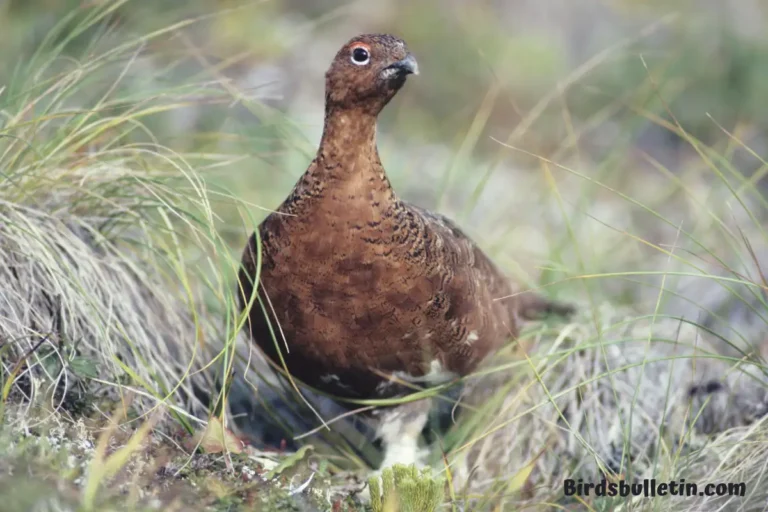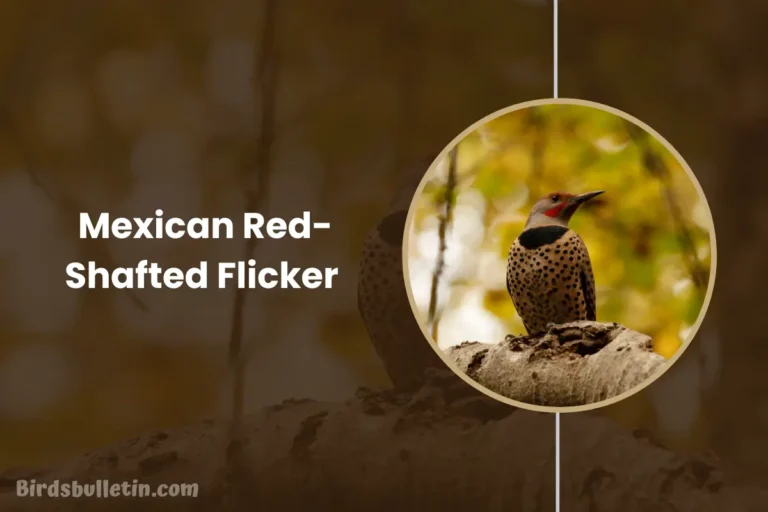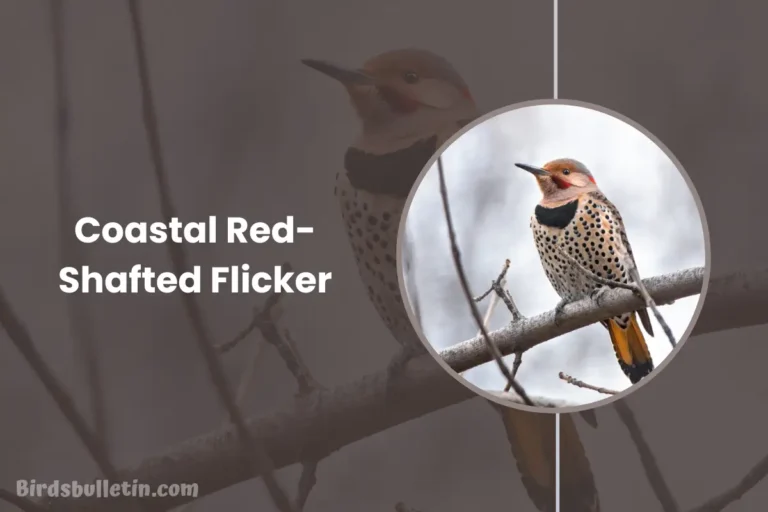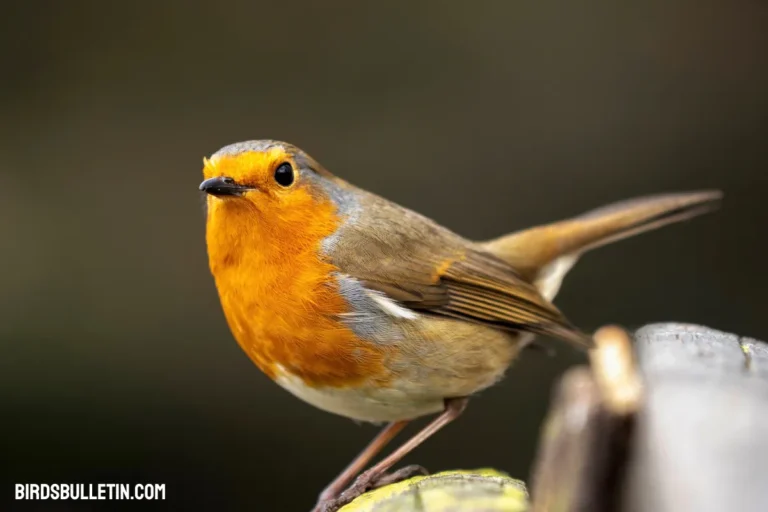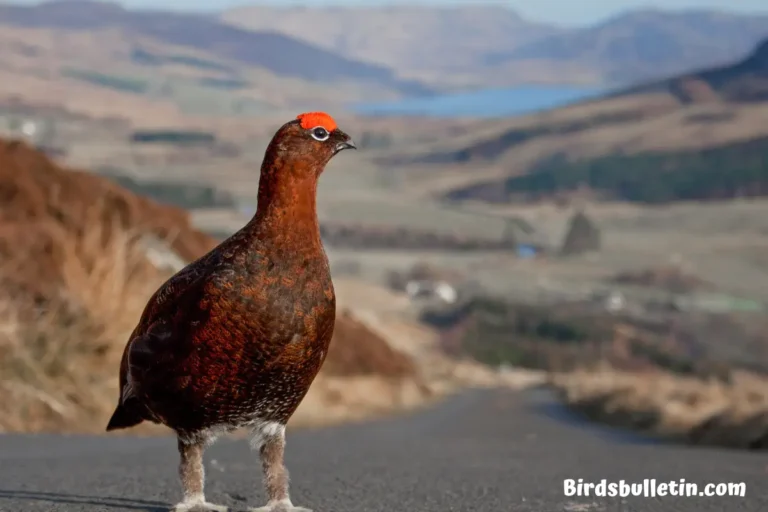Overview Of The Pale Goldfinch
The pale goldfinch (Spinus tristis pallidus) is a subspecies of the American goldfinch found in western North America. It can be distinguished from other subspecies by its paler body plumage and more extensive white wing markings.
The pale goldfinch breeds in summer across western Canada and the northwestern United States. In winter, it migrates south to the southwestern U.S. and Mexico.
Looking for more overview about bird subspecies:
Scientific Classification
- Kingdom: Animalia
- Phylum: Chordata
- Class: Aves
- Order: Passeriformes
- Family: Fringillidae
- Genus: Spinus
- Species: Spinus tristis
- Subspecies: Spinus tristis pallidus (Pale Goldfinch)
How can the pale goldfinch be identified?
The breeding male pale goldfinch has lemon-yellow plumage that is paler than in other subspecies. It has a large black cap, white rump, and two bold white wing bars. Females are dull yellow-green with the same wing markings.
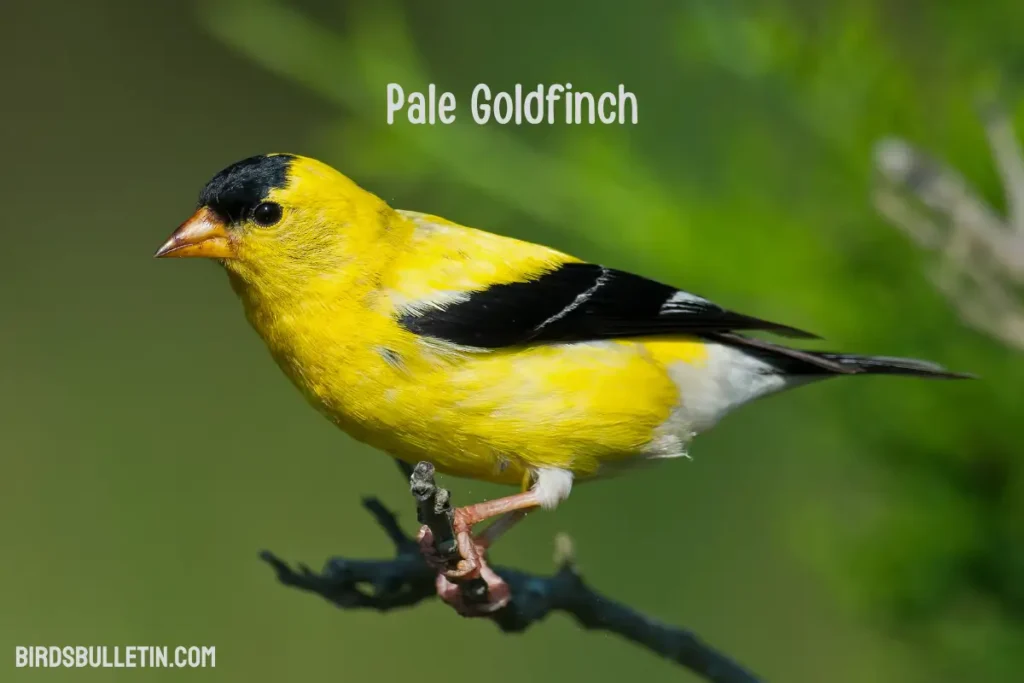
Both sexes have a short forked black tail and a conical pinkish bill. The pale goldfinch is slightly larger than the eastern subspecies. Its song is a long series of twittering notes and whistles.
Where does the pale goldfinch live?
The pale goldfinch breeds in summer across British Columbia, the Prairie Provinces, and the northwestern U.S. states including Washington, Oregon, Idaho, and western Montana.
Its breeding range extends east to western Ontario and south to Colorado. In winter, it migrates to the southwestern U.S. states including California, Arizona, New Mexico, and Texas, and parts of Mexico.
Interesting Facts
- Unlike many songbirds, pale goldfinches molt twice a year – once after breeding, and again mid-winter. The winter plumage is duller than summer.
- Pale goldfinches are highly gregarious, foraging and migrating in large flocks of 10 to 100 birds. Flocks break up come spring.
- The male pale goldfinch feeds the incubating female at the nest. She develops a brood patch to transfer heat to the eggs.
Status
The Pale Goldfinch is not specifically assessed for conservation status as a subspecies. However, given its association with the Eastern Goldfinch, it benefits from the species’ overall classification as of least concern by the IUCN. This status reflects the stable populations and adaptability of the Eastern Goldfinch as a whole.
Conservation of Natural Habitat
Safeguarding the pale goldfinch’s natural habitat is vital to its ongoing welfare. Conservation efforts should focus on protecting open terrain like fields, meadows, and grasslands where these birds forage for seeds, their staple food. Planting native wildflowers that produce abundant seeds can supplement natural food sources.
Providing suitable breeding grounds in their summer range coupled with preserving wintering areas stocked with adequate food supplies are both fundamental to sustaining pale goldfinch populations across their migratory cycle.
Frequently Asked Questions
01. What is the pale goldfinch’s migration pattern?
Pale goldfinches breed in summer across western Canada and the northwestern U.S. They migrate in winter to the southwestern U.S. and Mexico. Their complete migratory loop can cover over 5,000 km.
02. How does the pale goldfinch differ from the eastern goldfinch?
The pale goldfinch has paler lemon-yellow plumage overall. It also has more extensive white markings on the wings and tail. Males have a larger black cap. The pale goldfinch is also slightly larger in size.
03. What food sources help pale goldfinches thrive?
Pale goldfinches feed mainly on small seeds from composites like thistle, sunflower, and dandelion. Planting these in gardens provides an important habitat resource. Nyjer seed in feeders is also readily eaten.
Summary
The pale goldfinch is a subspecies of the American goldfinch found in western North America. It can be identified by its paler plumage and extensive white markings. It breeds across western Canada and the northwestern U.S., wintering in the Southwest and Mexico.
With two yearly molts and highly social habits, the pale goldfinch is a unique songbird. Maintaining natural food sources can help conserve their populations.


